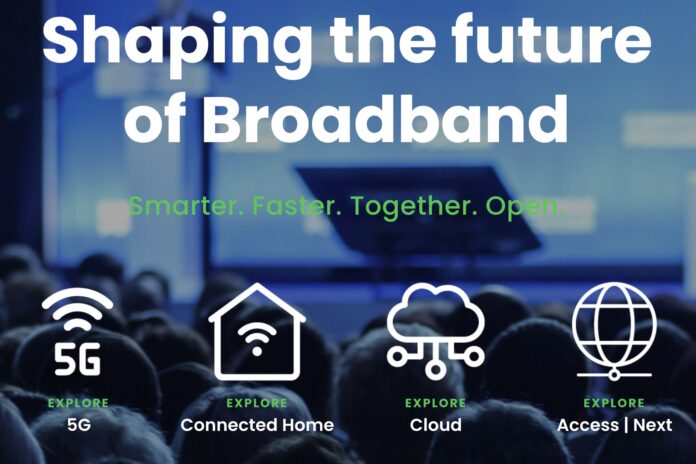Industry body says they include “major enhancements” to resilience and support for residential customers
The latest development in the Broadband Forum’s ongoing efforts to integrate wireless and fixed networks is to produce converged standards for 5G. They are intended to improve resilience and support of residential consumers.
The Forum’s Phase 18.1 specifications build on 3GPP’s Release 18 in its Wireless-Wireline Convergence (WWC) Work Area. The specifications have two main aims. Firstly to extend the “common value-adding capabilities” so operators can deliver customised Quality of Service. Secondly to offer a flexible, smoothly migration path to using a single converged 5G Core with a multi-vendor broadband network.
The organisation claims this latest work “drives greater value and better Quality of Experience to the customer and allows operators to consolidate their IT systems for more efficient operations and lowers their total cost of ownership”.
Latest efforts
The Forum is developing five new specifications as part of its Phase 18.1 work. Use cases include business services support, hybrid access, network data analytics and support for devices behind a 5G Residential Gateway (5G-RG). Different groups of subscribers, such as home workers or gamers, can also be given priority using network slicing, a key component in this phase of work.
Documents are set to expand the deployment options for operators, including:
• WT-456 Issue 3 – Access Gateway Function (AGF) Functional Requirements
• WT-458 Issue 2 – Control-User Plane Separation (CUPS) for 5G Wireless Wireline Convergence
• WT-470 Issue 3 – 5G Wireless-Wireline Convergence Architecture) and
• related extensions to device requirements located at the customers’ premises and device data models.
Previous work
The previous phase of work covered CUPS for multi-vendor support (TR-458) and specified the combined AGF and 5G User Plane (referred to as Broadband-UPF, that is, user plane functions). They allow operators to combine use of the Broadband User Plane and the 5G Control Plane cost effectively.
Broadband Forum’s Technical Reports TR-493 and TR-494 have been published, converging support for residential voice services onto today’s 5G networks.
Christele Bouchat, Nokia and Broadband Forum WWC Work Area Co-Director, comments, “Our Phase 18.1 work is driven by industry demand and the priorities of operators, as we focus on providing them with increased flexibility, revenue potential, and deployment options.
“By working in close alignment with 3GPP, we are ensuring synergy for the broadband industry. By leveraging convergence, operators can cost-effectively deliver broadband in the home and office.”
Manuel Paul, Deutsche Telekom and Broadband Forum WWC Work Area Co-Director, adds, “…the Forum’s] work addresses the needs of both fixed and mobile operators. They can combine offerings and provide a uniform experience to subscribers irrespective of the access in use, supported by a common control plane and streamlined back office.
“As standards mature, the industry has the foundations available for mass deployments in the residential and enterprise markets to start.”
Visit the Broadband Forum YouTube page for background on the WWC Work Area here.



